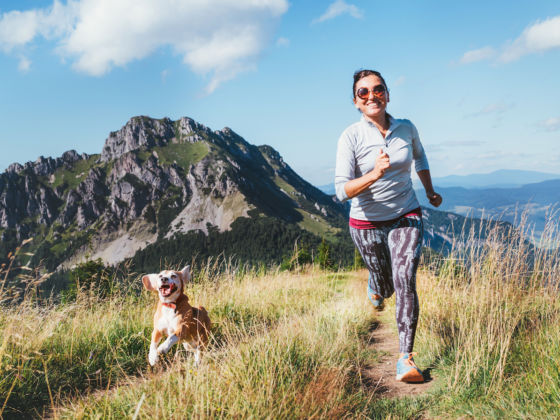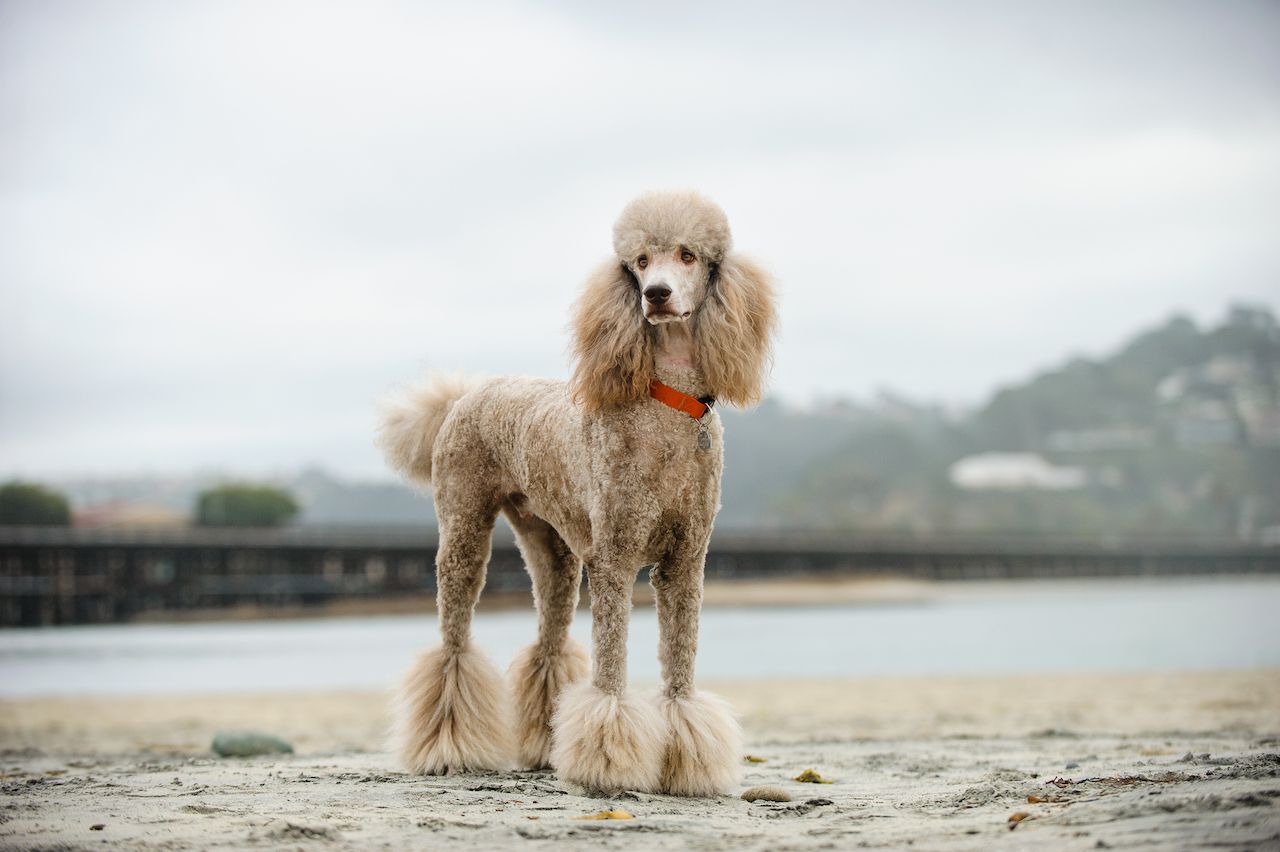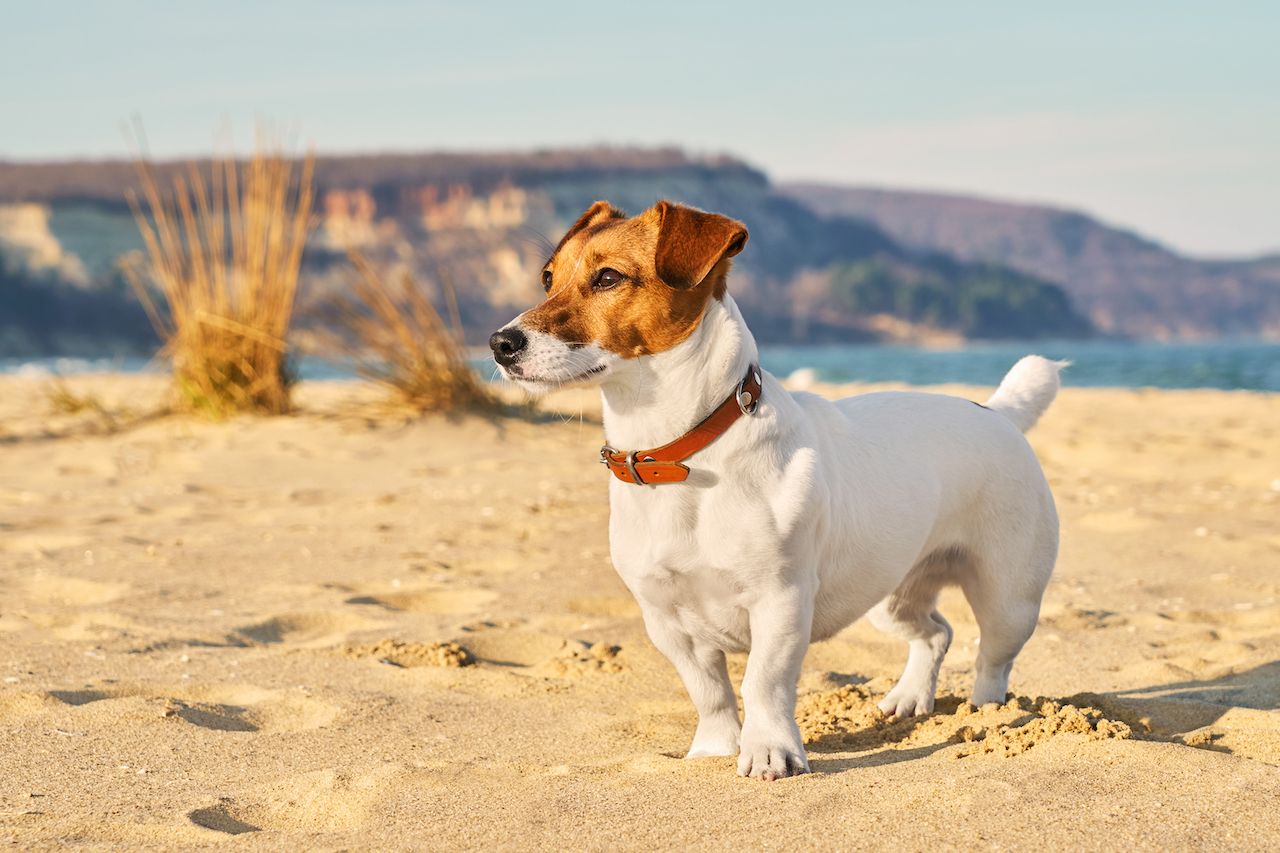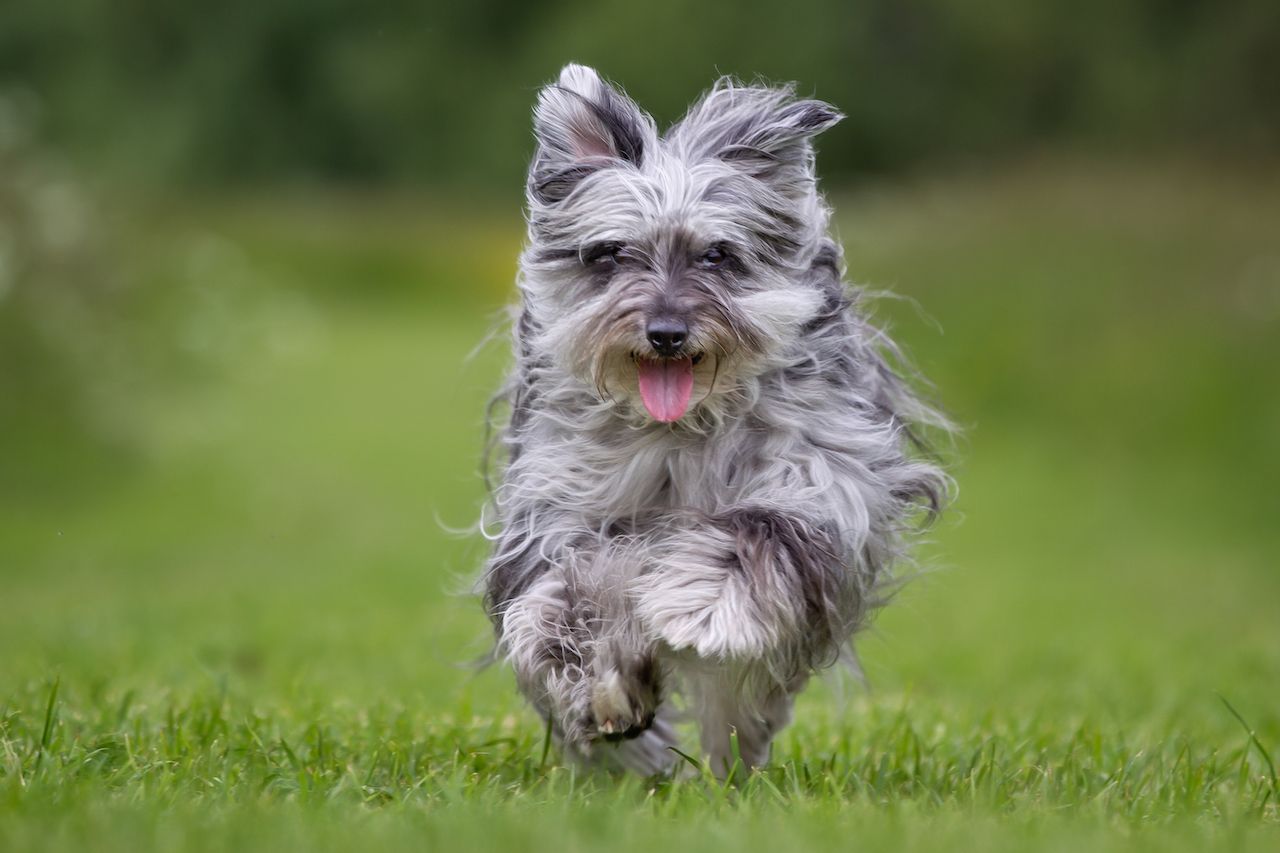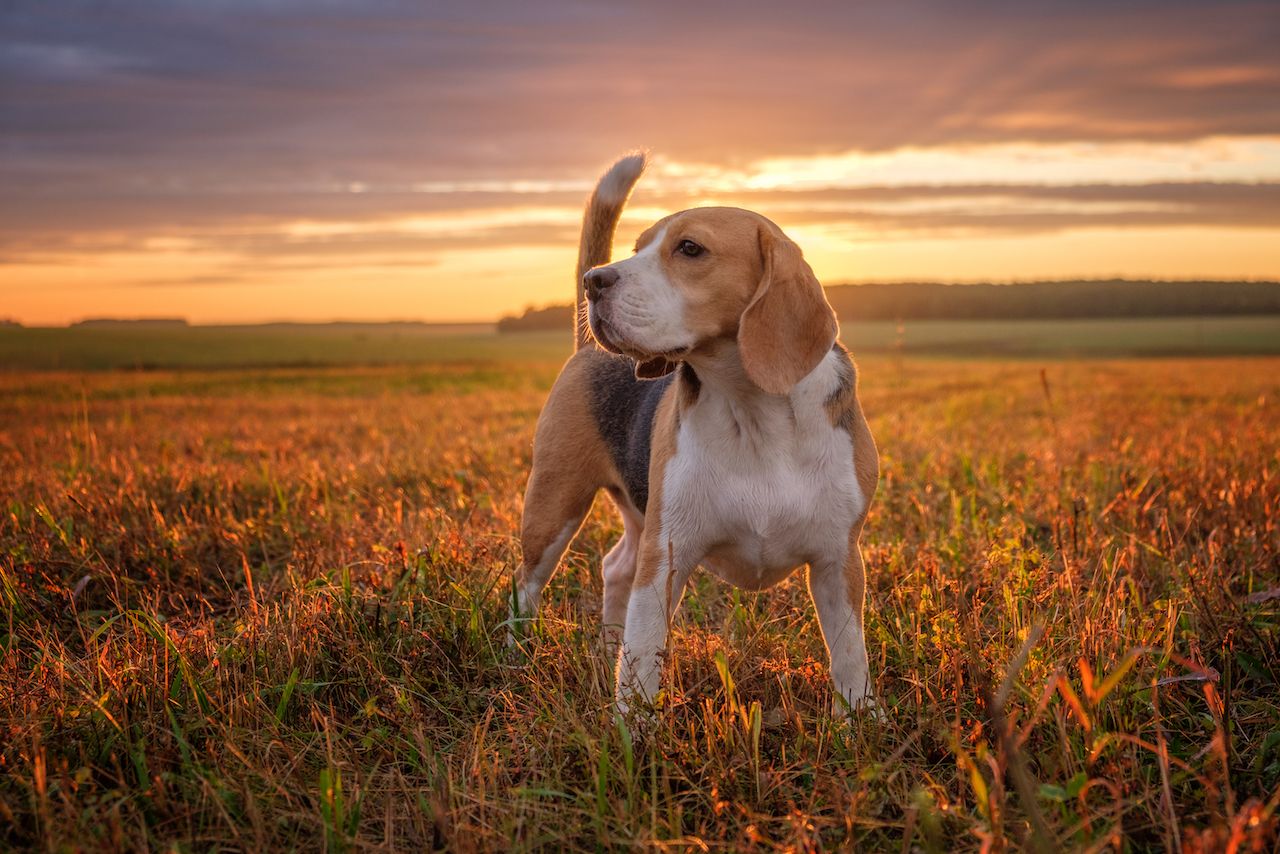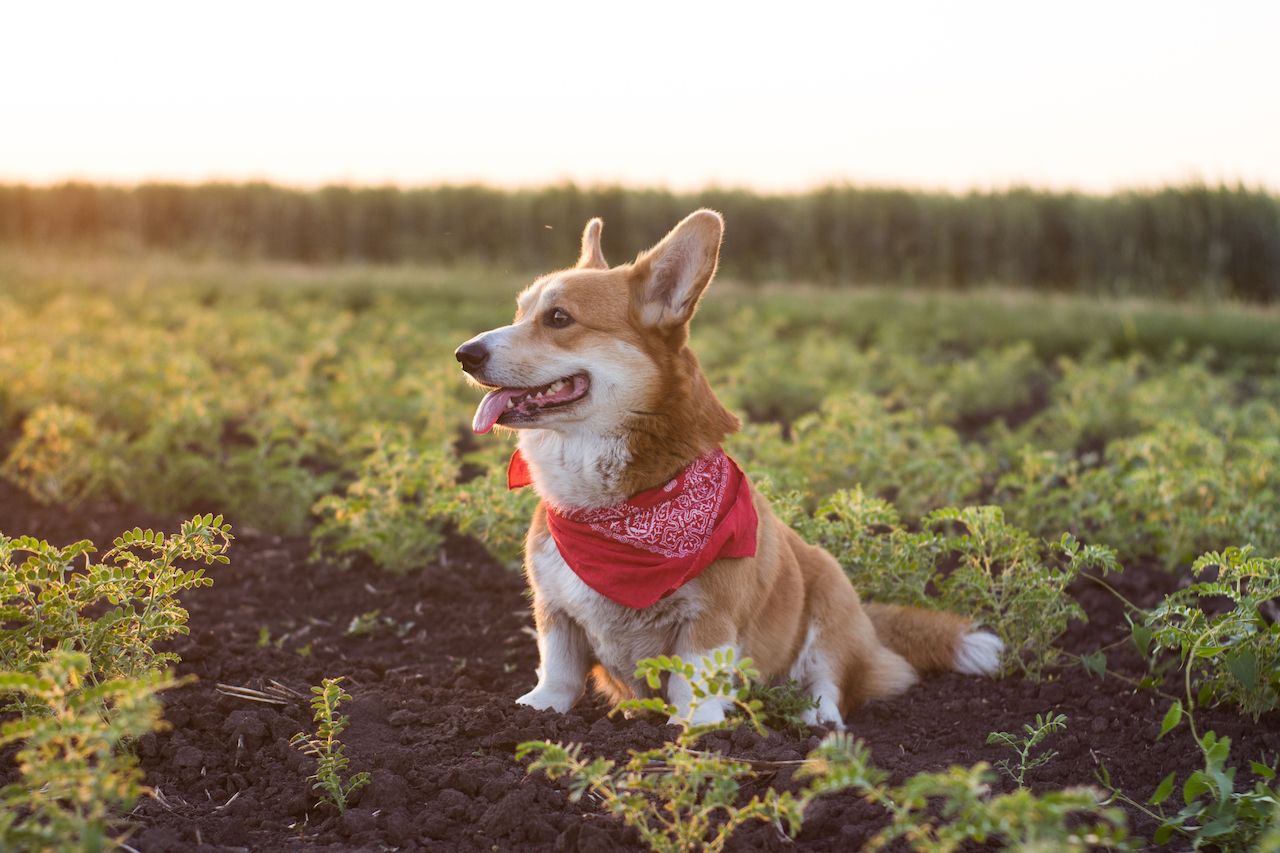If you’re an outdoorsy type, chances are you’re a dog person, and if you live in a mountain town, you know that dogs are as much a part of the outdoors culture as flannel and craft beer. But have you ever noticed that outdoorsy people seem to all have the same kinds of dogs? It’s logical, at least to a certain extent: Active, adventurous people are likely to get active, adventurous dogs. Still, most outdoorsy folks seem to gravitate toward the same handful of breeds — specifically huskies, labs, collies, heelers, and German shepherds — almost to the point of parody.
Obviously these prototypical adventure dog breeds have some advantages over the rest of the pack; they’re big, tough, energetic specimens that thrive on the rough-and-tumble lifestyles of their owners. But they’re not the only adventure dogs out there. If you’re in search of a four-legged friend to share in your active lifestyle, but you’re looking for something outside of the mainstream, consider one of these six seriously underrated dog breeds.
